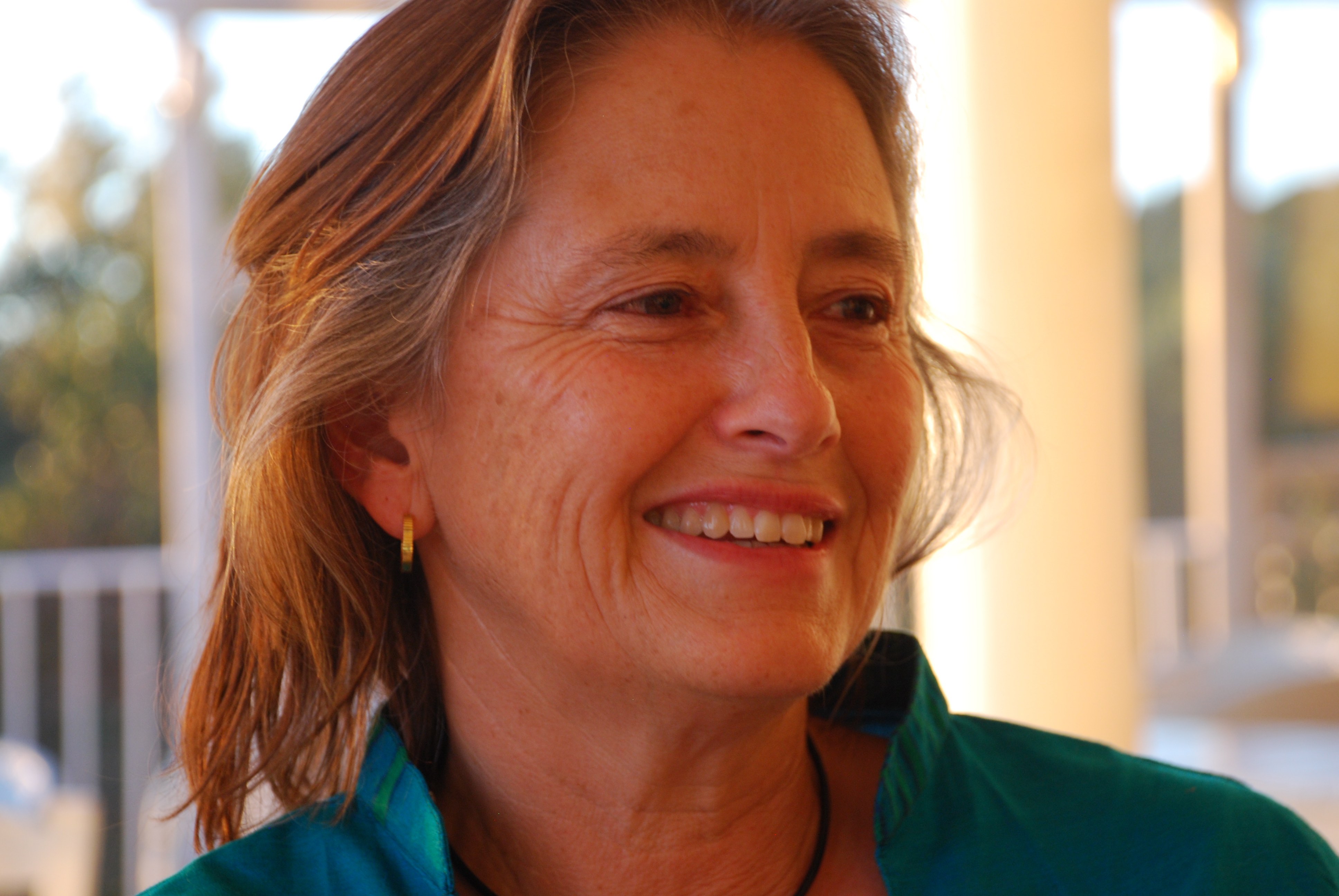Grupo de Comisión de la UICN
Grupo de especialistas en pargos, besugos y roncadores de la CSE de la UICN

Resumen y descripción
- Descripción:
-
El Grupo especialista (SSG) trabaja para avanzar en la evaluación del riesgo de extinción y la investigación biológica asociada sobre las más de 550 especies de arrecifes y estuarios de seis familias ...
Liderazgo de grupo
Dr Melita SAMOILYS
Co-Chair
Melita is a co-Director of CORDIO East Africa, based in Kenya. She has worked in coral reef and fisheries research, management and conservation in East Africa, elsewhere in the Indian Ocean and also…
Un vistazo
Nombre oficial:
Grupo de especialistas en pargos, besugos y roncadores de la CSE de la UICN
Asociados a la Comisión:


